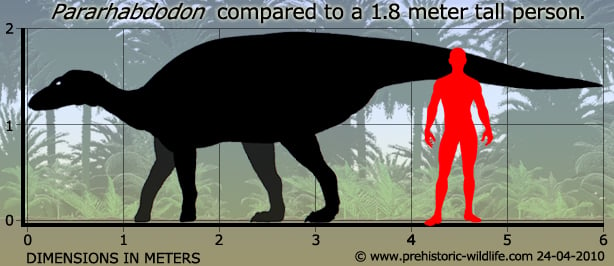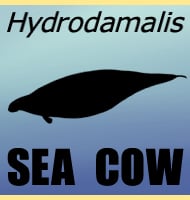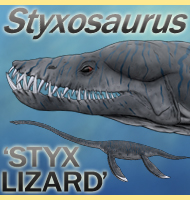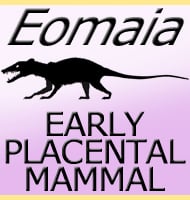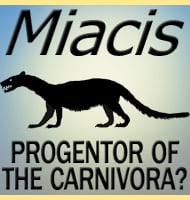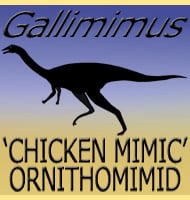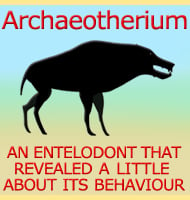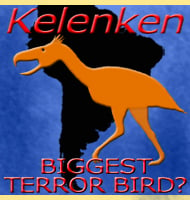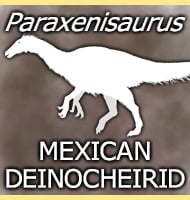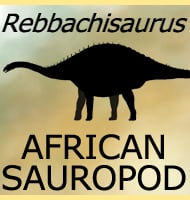In Depth
A poorly known genus of hadrosaurid dinosaur, Pararhabdodon fossils were initially thought to be from a species of the genus Rhabdodon. New study resulted in the establishment of a new genus, Pararhabdodon, with the description being based upon the caudal (tail) vertebrae. Early fossil assignment for the genus was mostly vertebrae with a partial scapula, though since this time further remains have since been added. These include further vertebrae, a maxilla (part of the skull that holds the teeth), humerus (upper fore limb bone), end of an ischium (rear pelvis bone) and a sacrum (part of the pelvis that wraps the sacral vertebrae, the part of the spine that passes through the pelvis). Material from France has also been considered but is not always mentioned. Because of the sparse and incomplete nature of the currently known fossils of this genus, it is hard to establish anything more that Pararhabdodon being a hadrosaurid dinosaur. Past speculation has gone as far as to suggest that Pararhabdodon was a lambeosaurine hadrosaurid (the kind with hollow head crests such as Lambeosaurus), but not all palaeontologists agree with this assessment.
Further Reading
– Pararhabdodon isonense n. gen. n. sp. (Dinosauria). Morphology, radio-tomographic study, and biomechanic considerations, Casanovas-Cladellas, M.L., Santaf�-Llopis, J.V., and Isidoro-Llorens, A - 1993. – First lambeosaurine hadrosaurid from Europe: palaeobiogeographical implications, Casanovas, M.L, Pereda-Suberbiola, X., Santaf�, J.V., and Weishampel, D.B - 1999. – Hadrosauroid dinosaurs from the Late Cretaceous of Spain: Pararhabdodon isonensis revisited and Koutalisaurus kohlerorum, gen. et sp. nov. – Journal of Vertebrate Paleontology 26(4): 929-943. – A. Prieto-Marquez, R. Gaete, G. Rivas, A. Galobart & M. Boada – 2006. – The osteohistology of new remains of Pararhabdodon isonensis sheds light into the life history and paleoecology of this enigmatic European lambeosaurine dinosaur. – Cretaceous Research. 118. – Jes�s F. Serrano, Albert G. Sell�s, Bernat Vila, �ngel Galobart & Albert Prieto-M�rquez – 2020.
